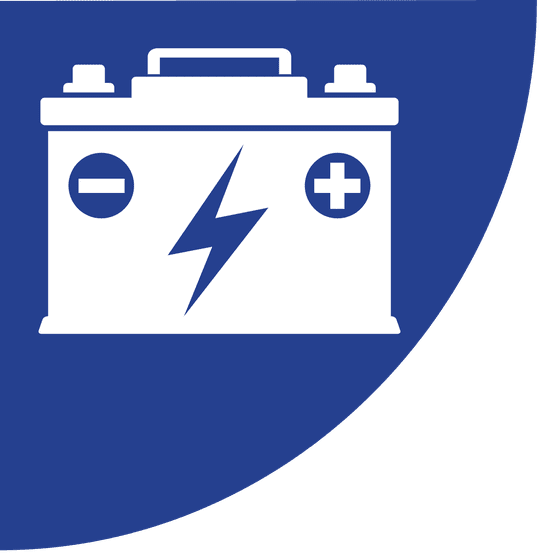Employer's Concerns about Lead Prompt NIOSH to Visit Battery Manufacturer
A NIOSH investigation of a battery manufacturing plant identified several engineering and administrative controls that would help reduce the blood lead levels of employees who worked in nonproduction areas, according to a recently published report from the agency’s Health Hazard Evaluation program. At the time of NIOSH’s visits in March 2014 and January 2015, the plant had more than 400 employees and manufactured 50,000 lead-acid batteries a day. Agency investigators found airborne and surface lead in every nonproduction area they tested, and employees’ average blood-lead levels were at least 10 µg/dL, twice as high as the agency’s 5 µg/dL reference level for adults.
Each surface in nonproduction areas, except cafeteria tabletops, tested positive for lead via wipe sampling. Wipe samples of employees’ hands before they entered the cafeteria indicated potential for ingestion of lead while eating. Because employees regularly showered and used lead-removing soap at the ends of their shifts, investigators determined that the potential for take-home lead contamination was minimal.
NIOSH also found that airflow in the plant might have contributed to lead exposures outside the production area. The agency recommended that the employer install visual indicators of relative air pressurization so that maintenance staff could immediately identify and correct any problems with ventilation.
The employer required workers with a personal air sample for lead that exceeded 30 µg/m3 to wear respirators. NIOSH recommended that the employer extend this requirement to all workers in an area where an individual worker’s air sample exceeds 30 µg/m3.
To view all of NIOSH’s recommendations, read the full report (
PDF
).
NEWSWATCH

LEAD

